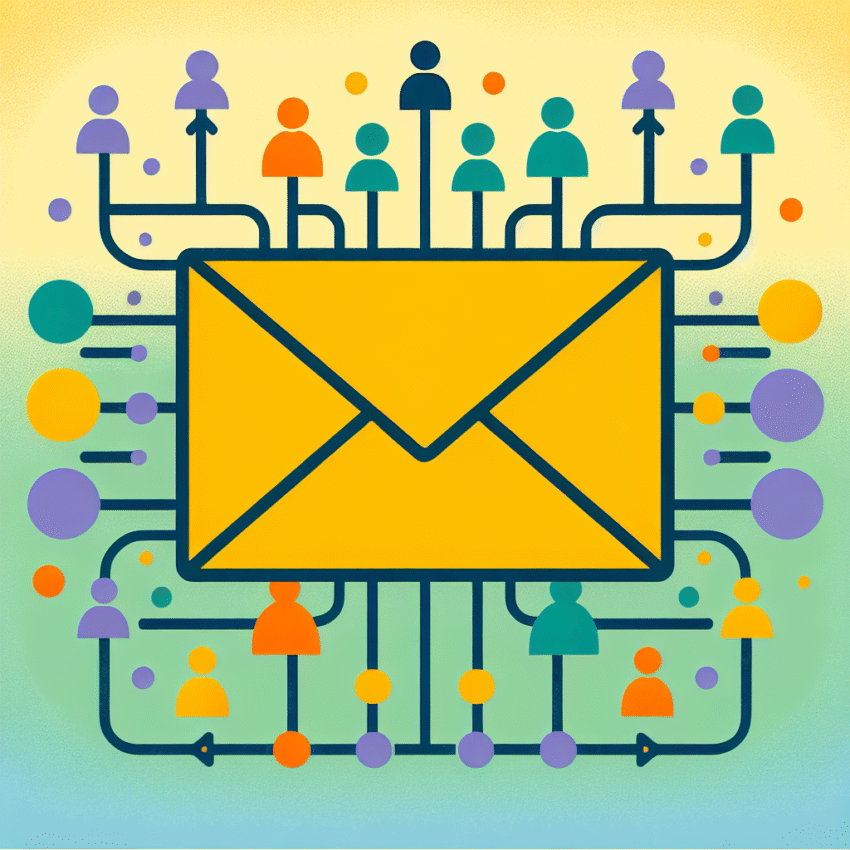Email Marketing: How to Segment Your Audience for Better Results
Hey there! Are you looking to supercharge your email marketing game? 🎯 You’ve come to the right place. In today’s blog post, we’re diving into the world of audience segmentation, a strategy that can transform your email marketing results from “meh” to “wow!” Let’s explore how you can tailor your messages to resonate with your audience like never before.
Table of Contents
1. Why Segment Your Audience?
2. Types of Segmentation
3. How to Segment Effectively
4. Common Segmentation Mistakes
5. Conclusion
6. FAQs
Why Segment Your Audience? 🤔
Imagine receiving an email that is perfectly tailored to your interests and needs. Feels great, right? That’s the magic of segmentation! By breaking down your audience into smaller, more targeted groups, you can send personalized content that resonates deeply with each segment. This approach not only boosts engagement rates but also drives conversions. In short, segmentation is the key to delivering the right message to the right people, at the right time.
Types of Segmentation 📊
There are several ways you can segment your audience, each offering unique insights and opportunities:
1. Demographic Segmentation
This is one of the most common forms of segmentation. It involves categorizing your audience based on age, gender, income, education, and other demographic factors. For instance, a fashion retailer might promote different styles to millennials compared to baby boomers.

2. Behavioral Segmentation
Behavioral segmentation focuses on how customers interact with your brand. This includes purchase history, website activity, and engagement with previous emails. Analyzing these behaviors allows you to tailor messages that encourage further interaction.
3. Psychographic Segmentation
This method dives deeper into your audience’s lifestyle, values, and interests. Creating personas based on these factors can help craft messages that speak to their motivations and desires.
How to Segment Effectively 🚀
Ready to start segmenting? Here are some actionable steps to get you going:
1. Collect the Right Data
To segment effectively, you need accurate and comprehensive data. Use sign-up forms, surveys, and purchase history to gather information that will help you build detailed customer profiles.
2. Define Your Goals
What do you want to achieve with segmentation? Whether it’s increasing open rates, boosting sales, or enhancing customer loyalty, having clear goals will guide your segmentation strategy.
3. Test and Optimize
Segmentation is not a one-and-done task. Continuously test different segments and analyze the results. Use A/B testing to determine which strategies are most effective, and adjust your approach accordingly.
Common Segmentation Mistakes ❌
Even the best of us can slip up. Here are some common pitfalls to avoid:
1. Over-Segmenting
While segmentation is powerful, overdoing it can lead to overly complex campaigns that are difficult to manage. Keep your segments meaningful and manageable.
2. Ignoring Data Updates
Your audience’s preferences and behaviors can change over time. Regularly update your data to ensure your segments are still relevant and effective.
Conclusion
Segmenting your email audience is a game-changer in the world of digital marketing. By understanding and implementing effective segmentation strategies, you can create personalized experiences that not only engage but also convert. So, roll up your sleeves and start segmenting your way to email marketing success! 💪
FAQs
1. What is the main benefit of segmenting my email list?
Segmenting your email list allows you to send more personalized and relevant content, which can lead to higher engagement and conversion rates.
2. How often should I update my audience segments?
It’s a good practice to review and update your segments regularly, such as quarterly, to ensure they reflect current customer data and behaviors.
3. Can I use multiple types of segmentation at once?
Absolutely! Combining different segmentation types, like demographic and behavioral, can provide a more comprehensive view of your audience.
4. What tools can help with audience segmentation?
There are several tools available, such as Mailchimp, HubSpot, and Klaviyo, which offer robust segmentation features to streamline the process.
Happy segmenting! 🎉


